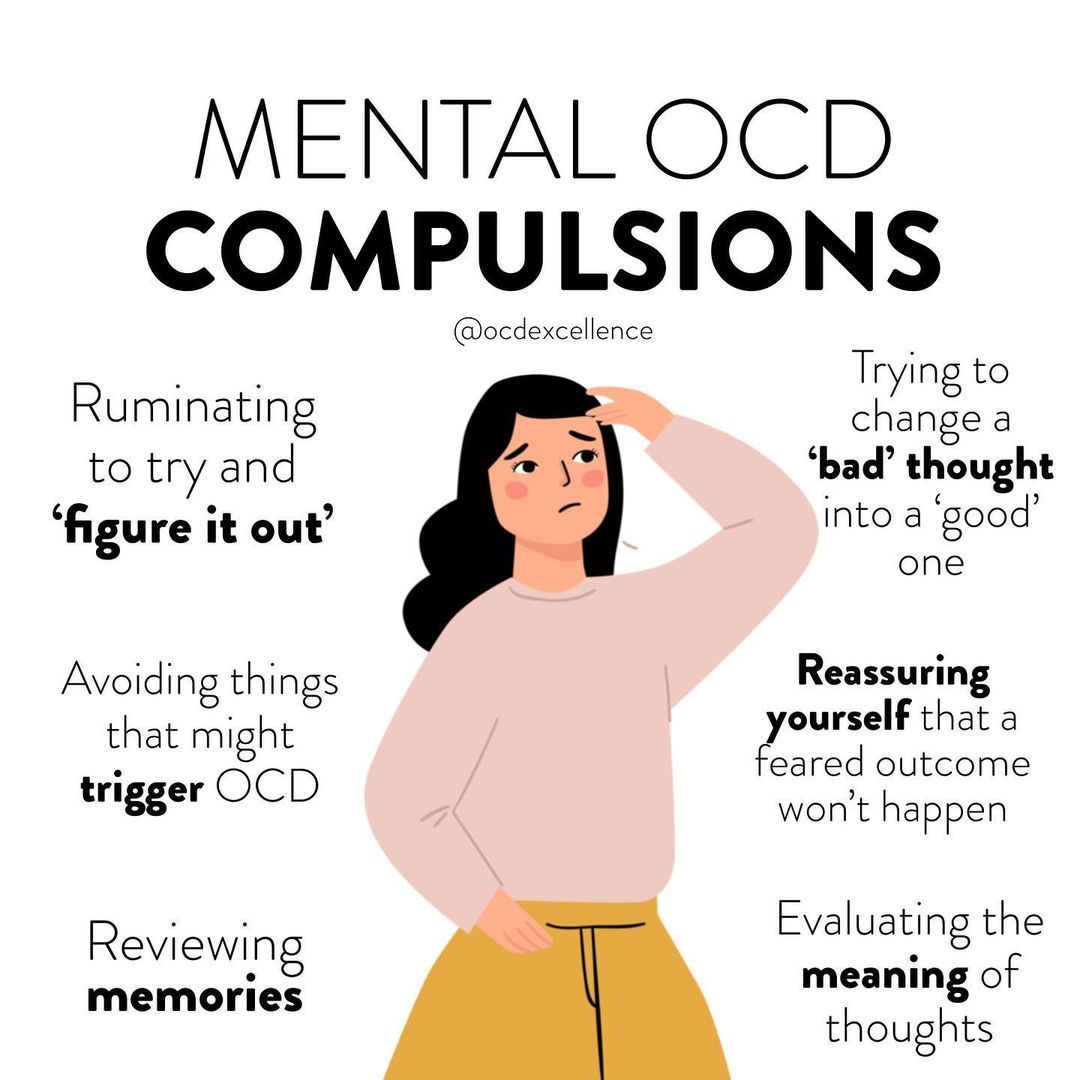In an age where screens dominate our lives, and social media platforms have become our primary modes of communication, the art of connecting with others in person has started to wither away. McHenry County College is no exception to this trend. Here, amidst the picturesque campus and bustling student life, the struggle to forge meaningful, face-to-face connections is palpable.
Peering into the lives of two MCC students Kelsey and Lexie (names changed for privacy), reveals the challenges and triumphs that come with trying to break through the digital cocoon and find authentic human connections.
Through a digital divide, Kelsey, a 20-year-old sophomore, encapsulates the sentiments of many her age when she reflects: “It is so much harder to relate to others in person when we are so into technology.”
With smartphones perpetually in hand and social media profiles meticulously curated, Kelsey and her peers often find themselves more comfortable interacting through screens than making eye contact. The allure of technology, while undeniable, has inadvertently led to a growing sense of isolation among students.
Lexie, 19 ,echoes Kelsey’s thoughts: “It’s like, I want to make friends, but it’s a lot harder to just sit next to someone and start a conversation without them thinking you’re weird.”
In the digital realm, initiating a conversation can be as simple as sending a text or sliding into someone’s DMs, but the same act in real life is often laden with anxiety and self-doubt.
MCC’s campus, nestled amidst lush greenery, offers an idyllic setting for forging connections. But the challenge lies in translating this physical proximity into meaningful interactions. As I wandered through the campus, I observed students navigating their way through the daily college routine. Most were engrossed in their phones, headphones in, moving from one class to another without so much as a glance at their surroundings.
In the library, a place traditionally known for quiet study and occasional whispers, the silence was occasionally punctuated by the clattering of keyboards and the soft glow of laptop screens. Students were present in body, but their minds seemed to be wandering through the vast digital landscape.
To understand the deeper layers of this issue, I met with the two women with firsthand experience. Kelsey who has an undying passion for photography, shared her journey of trying to connect in a digital world.
“I love photography,” she said, “but when I’m out taking pictures, I often find it difficult to strike up conversations with strangers, even when they share my interest. It’s like we’re all lost in our own little bubbles.”
Lexie, studies Psychology and aspires to be a counselor. She opened up about her desire to help others navigate the maze of loneliness. “I’m a people person,” she said, “but it’s tough to approach someone and start a conversation when they’re so engrossed in their phones. I’ve had moments where I wanted to reach out to someone, but I hesitated because I didn’t want them to think I was intruding.”
While technology often acts as a barrier to face-to-face interactions, it can also serve as a catalyst for forging connections. Both Kelsey and Lexie shared stories of how social media helped them bridge the gap between online and offline worlds.
Kelsey recalled an Instagram meetup organized by a local photography group. “It was a bit nerve-wracking at first,” she said, “but once we started talking about our shared love for photography, the awkwardness melted away. It’s amazing how something as simple as a hashtag can bring people together.”
Lexie recounted a similar experience with a mental health support group on Facebook. “I joined the group to connect with others who share my interests,” she said. “Eventually, we organized a meetup on campus, and it was great to finally meet people face to face who understood what I was going through.”
As we continued our conversation, Kelsey and Lexie emphasized the significance of finding communities and shared interests. Lexie shared her involvement in a campus club dedicated to mental health awareness. “Being part of a group that cares about the same things I do has been a game-changer,” she said. “It’s like having a built-in support system, and it’s much easier to approach people when you know you already have something in common.”
Kelsey echoed the sentiment, emphasizing the role of clubs and extracurricular activities in forming connections. “I joined the photography club, and it’s been amazing,” she said. “We go on photo walks, share tips, and critique each other’s work. It’s not just about photography; it’s about forming bonds with people who share your passion.”
In the midst of the digital age, students like Kelsey and Lexie are fighting against the tide of isolation. They recognize the challenges of initiating face-to-face conversations, but they also understand the value of real-world connections.
Kelsey offered a thought-provoking remark: “We need to remember that the digital world is a tool, not a replacement for real human connections. It’s up to us to break through the digital cocoon and engage with the people around us.”
McHenry County College, like many educational institutions in the digital age, faces the dual challenge of offering a campus conducive to personal interaction while grappling with the pervasive influence of technology. Kelsey and Lexie, through their personal journeys, exemplify the struggles and triumphs of modern-day students seeking to balance the convenience of digital connectivity with the richness of genuine human interactions.
Their stories remind us that, while technology can be a powerful tool for connecting people, it should never overshadow the importance of looking up from our screens, making eye contact, and engaging in meaningful conversations with those around us. The challenge may be real, but the rewards of breaking through the digital cocoon and forming authentic connections are immeasurable.










